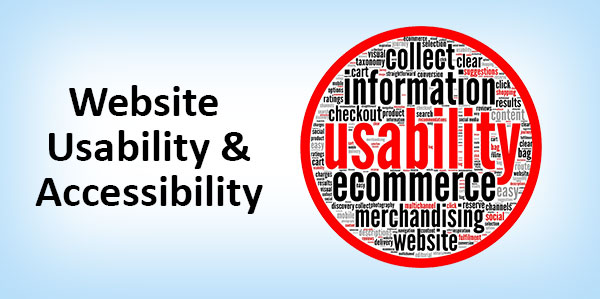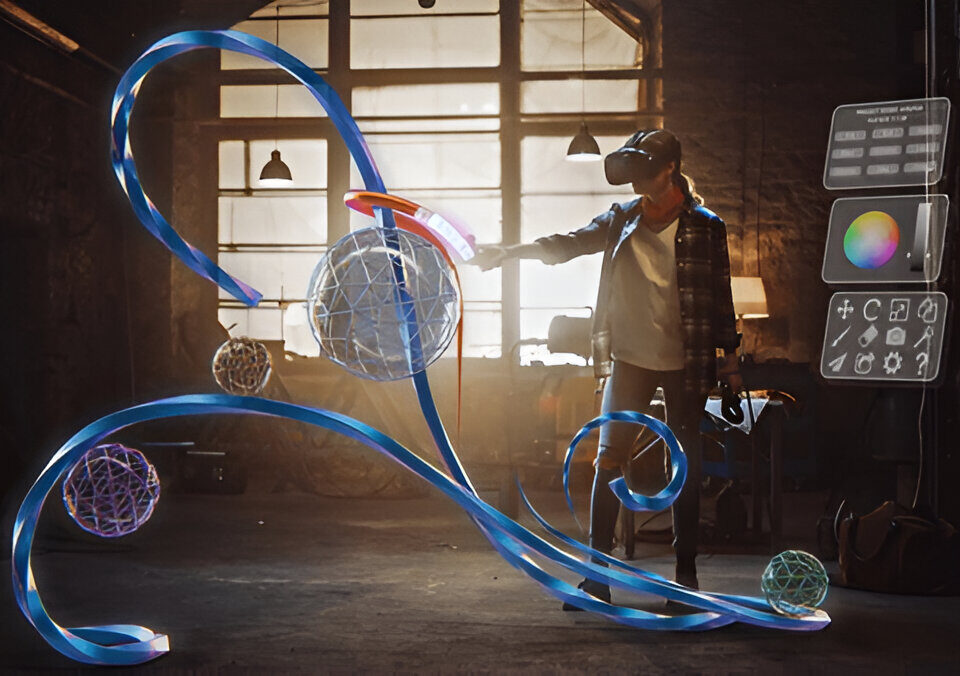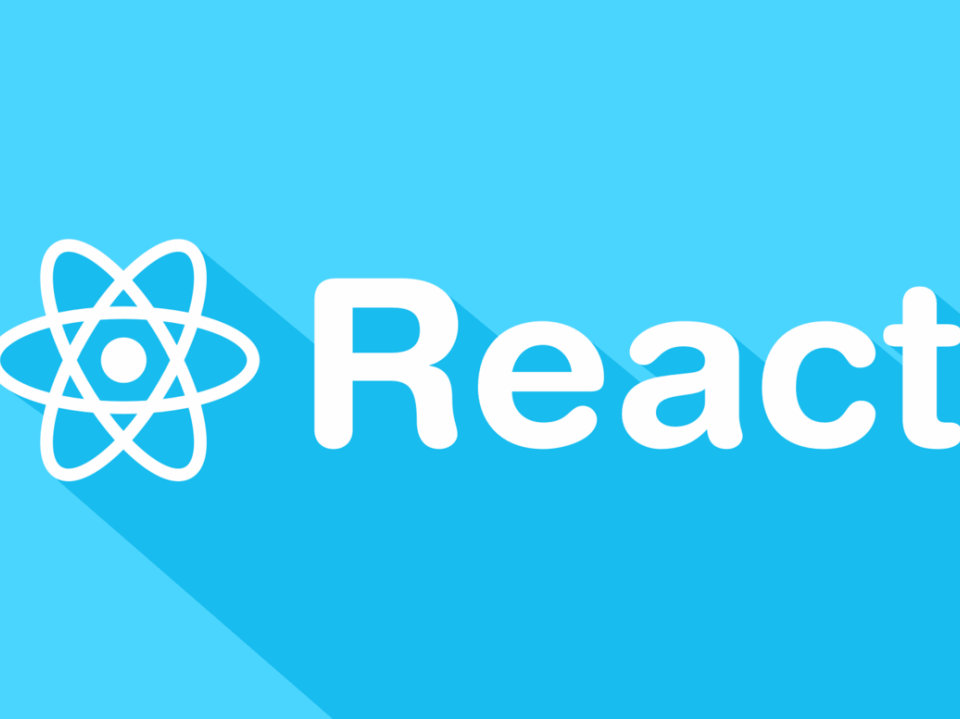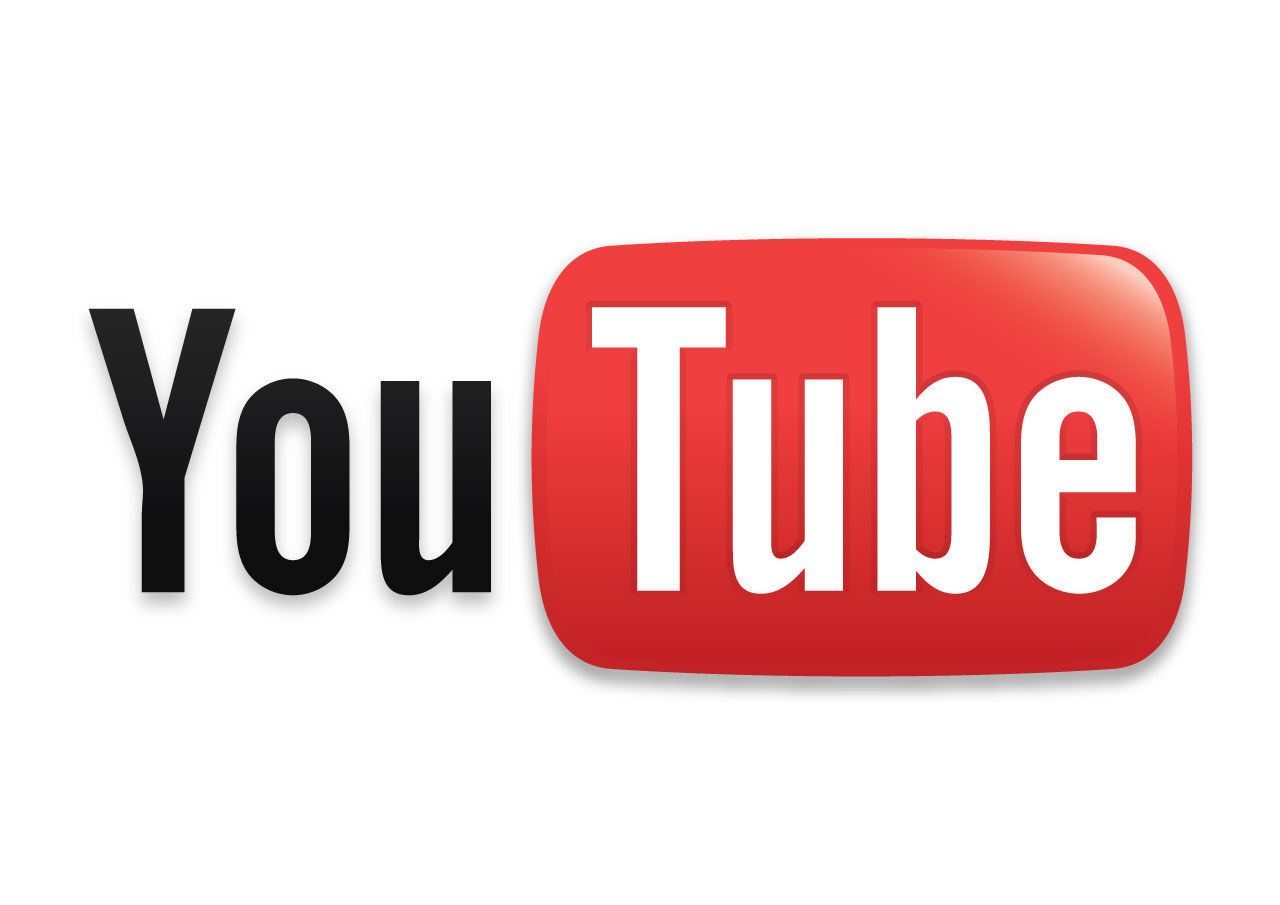
YouTube For Android Gets Offline Playback Videos In India, Indonesia And Philippines Only
12th March 2015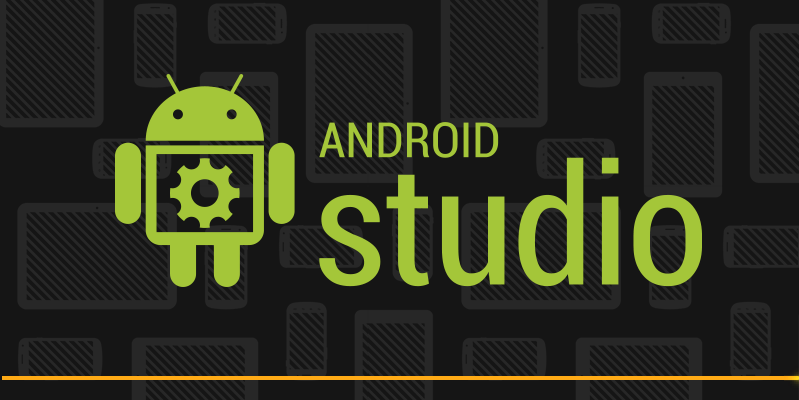
Android Studio Shortcuts
7th May 2015
Web design project can be pretty vast, even the simplest of designs would require extensive planning and implementation and would have to follow an entire process to successfully complete it. It’s quite possible to miss out certain things amidst all that madness. Once you have a checklist in place its easy to do a follow up and strike off tasks as you proceed towards the completion of the project.
A perfect checklist would obviously come with experience, so here’s what I thought should be included in a designer’s checklist. While drafting a checklist, how deep you want to delve into a subject is a personal view. So, this is entirely my take on the subject, feel free to add to it.
Accessibility & Usability
In this section i will be broadly covering the most common issues with respect o the accessibility and usability of your website. By accessibility I mean the ease with which a user can get to the content on your website and the usability/ user -experience that your site gives its visitors.
1. Site Load-time
A good site load time would be somewhere between 5seconds to 9 seconds. Again personally i feel that 9 seconds could on the higher end. A very lean page with all the CSS moved to an external CSS file and all the images(use as little as possible) optimized to perfection will help reduce page loading time. Another option to consider is caching the site on a server or a CDN.
2. Text-to-Background Contrast
While considering backgrounds remember to implement the right contrast, though certain combinations may look nice it’s not always the best choice. Choose contrasts that are not difficult to stare at for long periods of time. Typically the conventional black text on a white background works the best.
3. Font Size/Spacing
The ideal size for text is still difficult to fix, it has a lot to do with the type, theme and aesthetics of the website. But what you can do in this segment is to ensure that readability is maintained. Use spacing to aid the legibility of your site. White spaces will help you organize the content and de-clutter your site.
4. Flash & Add-ons
Stick to the regular HTML/CSS as nothing can beat them. The drawback with flash is that it requires plug-ins and time to download. The user would definitely not have the patience to go through a Flash experience, so don’t subject them to it unless it is absolutely necessary or contributes to the goal of your website.
5. ALT Tags for Images
Alt tag descriptions for your images would make them search-engine friendly and also cater to visually impaired users on your website.
6. Work on the 404 Page
Make sure that your website has a custom 404 page which guides the user to the home page or has a site-map on it, letting the user decide where he/she wants to go.
Identity
Your website is your identity and should portray everything about you. It should answer the most obvious questions like – “Who you are and what you do?” and even better if gets its visitors to understand “Why trust you.”
7. Company Logo
The logo is what people would instantly relate to your brand, so place the logo where it is easily visible. The best place would be on the top left hand corner of the page and this is exactly where people expect the logo to be.
8. Tagline explaining the Purpose of your Company
Frame a catchy and meaningful tagline to accompany your logo explaining ‘What you do.’ A good practice is to avoid jargon and keep it simple.
9. Home-page – easy to skim
Whoever visits your website would not spend more than 5 seconds to scan through the page and decide whether they want to stay on the page or not. The page should be able to communicate the gist of the entire website in a short glance.
10. Company Information
Though the “About us ” section is pretty stereotypical, it has all the information that a visitor would want to know about you and your company. So keep these pages easy to comprehend, clear and as interesting as possible.
11. Contact Information
The ‘contact us’ is the most important Part of any website, it explains how your potential client can get to you. So, as I rule I suggest putting up multiple options for communication like an email address, contact number, a Response form which the client can fill out and in some cases the physical address so that if the need be they can visit you directly. Also make sure that you leave this information as a text instead of an image so that search engines can pick it up.
Navigation
A major contributor to the usability of your website and the accessibility of the contents on your website. How you arrange your content is also crucial; the entire subject of information architecture is quite vast.
12. Main Navigation
The main menu gives the user instant access to the main parts of the website, so they should be easy to find and use. If you have more than one navigation on your website, demarcate them clearly and ensure that their difference is evident.
13. Navigation Labels
Menus and navigations are supposed to be self explanatory, so ensure that the labels are concise, clear and obvious. Make things easy to understand and grasp.
14. Number of Buttons/Links
Stick to a limited number of menu items , I guess 6-7 would be alright. Visitors would not appreciate anything more than 7 menu items.
15. Company Logo – a direct link to the Home-page
The general tendency for visitors is to expect the logo of a website to lead them to the homepage. So, its best to link the same to avoid the confusion.
16. Consistent & Easy to Identify Links
Links on your site should be conspicuous and the standard protocol is to make them blue and underline them. Stick to the same as visitors expect them and are familiar with it.
17. Site Search box
The Search box is a very useful tool and again as per standard guidelines users expect to find them at the top right corner of the page. So, its best to keep them exactly where they are expected to be.
Content
Content is everything, after you have managed to woo the visitors to stay on you site with an impressive design and all the visual features, the next thing that draws the visitors attention is the content. Basically content is what really matters the success of your site largely depends on its content.
18. Major Headings
Visitors always skim through a website before they actually get down to reading the entire contents. So one way to keep them on your site is to use headings and subheadings. As headings are conspicuous and come to the notice of the beholder, another option is to use meaningful visuals so that the gist of the content is understood. From an SEO perspective use Relevant headings and heading tags.
19. Critical Content Is Above The Fold
Place your content such that the important parts stay above the fold. The fold is an imaginary line, it denotes where the screen cuts off a page. The trick is to fit all the crucial contents in the first frame of the website.
20. Consistent Styles & Colors
Consistency is another feature that puts users at ease, that way they wont have to go through the entire learning curve again and again on each page. So try and maintain a consistency especially in the style, color ,layout headings and navigation.
21. Emphasis (bold, etc.) Is Used Sparingly
When I spoke about highlighting and making content easier to read, I meant it has to be used sparingly, there should be substantial contrast between the highlighted content and the rest. If you end up making everything bold, you would not create sufficient contrast which differentiates one thing from the other.
22. Ads & Pop-ups
Ads have to be incorporated in your site in a very subtle manner. It should not be a hassle for your visitors or be a reason for them to flee from your site. Remember not to clutter your pages with adds and when you do put up ads be selective and make them clear.
23. Concise & Explanatory content
About the copy writing – say whatever you have to say in a precise and concise manner. Use as little words as possible to clearly explain what you want to. This works better than layers and layers of wishful writing.
24. Meaningful & User-friendly URL
While finalizing the URL it’s better if you frame the same using useful keywords that are meaningful as it would be easy to remember as well as SEO friendly.
25. Explanatory HTML Page Titles
HTML page titles should be unique meaningful and must not be an overload of key words. This is where the search engine crawls first.



